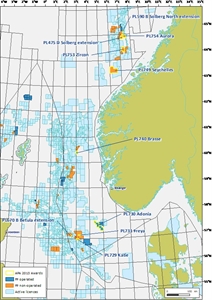 Faroe Petroleum, the independent oil and gas company focusing principally on exploration, appraisal and production opportunities in the Atlantic margin, the North Sea and Norway, is pleased to announce that it has been awarded 10 new prospective exploration licenses, including two operatorships, under the 2013 Norwegian APA (Awards in Pre-defined Areas) License Round on the Norwegian Continental Shelf. These 10 licenses equate to the largest number awarded in this APA round, equal with Centrica and Statoil.
Faroe Petroleum, the independent oil and gas company focusing principally on exploration, appraisal and production opportunities in the Atlantic margin, the North Sea and Norway, is pleased to announce that it has been awarded 10 new prospective exploration licenses, including two operatorships, under the 2013 Norwegian APA (Awards in Pre-defined Areas) License Round on the Norwegian Continental Shelf. These 10 licenses equate to the largest number awarded in this APA round, equal with Centrica and Statoil.
Northern North Sea
The Company has been awarded one license in the northern North Sea. This license offers exciting exploration opportunities in an area with established nearby production infrastructure in the Brage Field:
License PL740 Brasse – Blocks 30/9 and 31/7: Faroe (50% and operator) and Core Energy AS ("Core") (50%). The Brasse Prospect in the Upper Jurassic Sognefjord formation is located south of the Brage field on the possible migration route into Brage. The prospect holds significant upside potential in stacked reservoirs in Upper and Middle Jurassic. The work program will be focused on reducing risk by improving the existing 3D seismic dataset through re-processing.
North Sea
The Company has been awarded four licenses in the North Sea, where the Company already holds a number of licenses, including the Butch oil field, discovered in 2011:
License PL731 Freya – Block 8/10: Faroe (30%), Centrica Resources (Norge) AS ("Centrica") (40% and operator) and Tullow Oil Norge AS ("Tullow") (30%). This North Sea license is located immediately east of the PL405 license which contains the Butch Discovery (Faroe Petroleum 15%). This license extension contains the Upper Jurassic Freya Prospect, which extends into the PL666 Percy license and which is held by the same license group. The work commitment is to perform and complete technical studies already initiated in the PL668 Etta license.
License PL729 Katie – Block 2/1: Faroe (30%), Centrica (40% and operator) and Tullow (30%). The Katie Prospect is an Ula sandstone prospect that extends over the PL668 Etta license and into the new awarded acreage in PL729. The partnership and work program are aligned with the PL668 license, and a future well on the Katie Prospect has potential to be placed in either of the two licenses.
License PL670 B Betula extension – Block 7/11: Faroe (25%), Tullow (30% and operator), Centrica (25%) and Concedo ASA (20%). The Betula Prospect is an exciting opportunity in a mature and prolific area in the vicinity of the Jurassic Ula oil field in the Central North Sea. This new license covers the southern extent of the Betula Prospect. The work program is aligned with the PL670 Betula license, and has no additional work commitments.
License PL733 Adonia – Blocks 9/5, 9/8 and 9/9: Faroe (50% and operator) and Explora Petroleum AS (50%). Two Middle Jurassic leads have been identified on a salt ridge west of the Faroe Petroleum-operated PL620 Lola license located in the Egersund basin. The license contains Adonia, a down-thrown trap, and Stella, an up-thrown three-way closure. The work program is to perform technical studies and consider carrying out a 3D seismic acquisition.
Norwegian Sea
The Company has been awarded one new license in a very exciting immature exploration area east of the giant Ormen Lange field in the North Sea.
License PL749 Seychelles and Maldives– Blocks 6306/4 and 6306/5: Faroe (20%), Centrica (40% and operator), VNG Norge AS ("VNG") (20%) and Petoro AS (20%). The Seychelles and Maldives prospects are located on a structural nose on a down-faulted terrace from the Frøya High. Potential reservoirs are in the Upper and Middle Jurassic. The prospects have been defined based on limited seismic coverage with significant potential for de-risking using new seismic data. The work program consists of 3D seismic acquisition to improve the understanding of the structural and sedimentological setting of the area.
Norwegian Sea, Halten Terrace Area
The Company has been awarded four new licenses in the prolific Halten Terrace hydrocarbon province of the Norwegian Sea. The main focus for all of these licenses is the further exploration of the Cretaceous Lange Formation sandstones, as discovered in the Solberg/Rodriguez discovery, which Faroe announced in January 2013:
License PL475 D Solberg South extension – Block 6407/1: Faroe (30%), Wintershall Norge AS ("Wintershall") (35% and operator), Centrica (20%) and Moeco Oil & Gas Norge AS (15%). This area represents part of the southern extension of the Solberg sandstone system and covers part of the potential down-dip extension of the Solberg accumulation, which was discovered in PL475 in early 2013, and which is the target of the Solberg appraisal well scheduled for drilling in Q1 2014. The work program is aligned with the PL475 Solberg license, with no additional work commitments.
License PL590 B Solberg North extension – Block 6507/11: Faroe (30%), North Energy ASA (30% and operator), Wintershall (30%) and Spike Exploration Holdings AS (10%). This area represents a northern extension of the Solberg sandstone system, which extends across PL590 and into the area of the new license. The area covers part of the potential up dip part of the Solberg accumulation, discovered in PL475. The work program is aligned with the PL590 Milagro license, with no additional work commitments.
License PL754 Aurora – Blocks 6407/2: Faroe (30%), Rocksource ASA (40% and operator) and Centrica (30%). A Cretaceous Lange Formation anomaly has been mapped up dip of the southern extension of the Solberg sandstone system. This is a region where Faroe has a long history and experience through our continuing pursuit of Cretaceous sand systems on the Halten Terrace. The work program will be focused on reducing risk by improving the existing 3D seismic data-set through re-processing.
License PL753 Zircon – Blocks 6407/7 and 6407/8: Faroe (30%), VNG (40% and operator) and Core (30%). This license is located in close proximity to the Njord Field and the PL348 license (Hyme Field and Snilehorn Discovery). An anomaly on 2D seismic in the Cretaceous Lange Formation similar to what has been observed in the Solberg Discovery (PL475) has been identified, covering a large area close to the Njord Field. The work program consists of 3D seismic acquisition.
Graham Stewart, Chief Executive of Faroe Petroleum, commented:
"We are delighted with these license awards, which add considerable new potential to our forward drilling program. Faroe has again been very successful in its license application strategy, and this award is the largest to date for the Company, and indeed in the entire APA round, alongside Statoil and Centrica. This demonstrates the strength of our reputation in Norway and further positions us as having one of the largest license portfolios on the Norwegian Continental Shelf.
"Faroe Petroleum has built a strong and sustainable exploration company, with Norway at center stage. Our significant Norwegian portfolio has a diversified mix of both near-field and frontier opportunities, from which we can high-grade the best prospects for drilling. The combined advantages of Norway's progressive and highly successful fiscal incentivisation for exploration and our own cash generating production ensure we can continue to make Norway a key part of our value creating business strategy."
.


 Royal Dutch Shell plc ("Shell")
Royal Dutch Shell plc ("Shell") 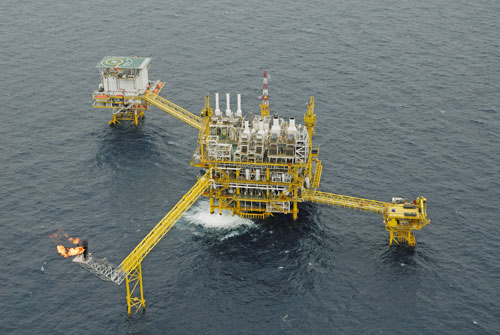 Prysmian Group,
Prysmian Group,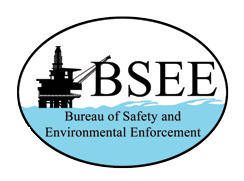 The Bureau of Safety and Environmental Enforcement (BSEE) have announced that it is soliciting proposals for oil spill response research projects and will be investing up to $7 million to support these projects in 2014. In a Broad Agency Announcement released on the federal governments business opportunities website, www.FedBizOpps.gov, the bureau called for white papers focusing specifically on one of 10 topic areas for proposed research covering oil spill response operations on the U.S. Outer Continental Shelf.
The Bureau of Safety and Environmental Enforcement (BSEE) have announced that it is soliciting proposals for oil spill response research projects and will be investing up to $7 million to support these projects in 2014. In a Broad Agency Announcement released on the federal governments business opportunities website, www.FedBizOpps.gov, the bureau called for white papers focusing specifically on one of 10 topic areas for proposed research covering oil spill response operations on the U.S. Outer Continental Shelf.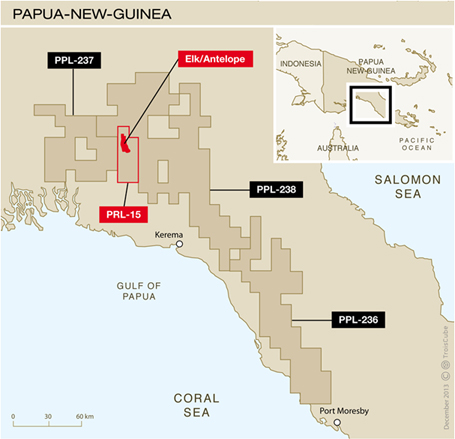 Tota
Tota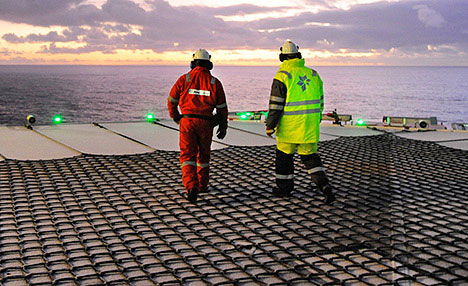 Statoil has been awarded new acreage in all three NCS provinces - the Barents, Norwegian and North seas. (Photo: Harald Pettersen)
Statoil has been awarded new acreage in all three NCS provinces - the Barents, Norwegian and North seas. (Photo: Harald Pettersen)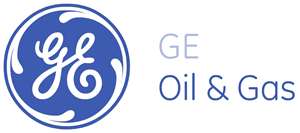
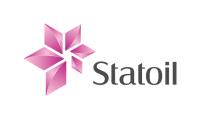 Demonstrating how GE technology helps operators extend the life of aging offshore production equipment,
Demonstrating how GE technology helps operators extend the life of aging offshore production equipment, 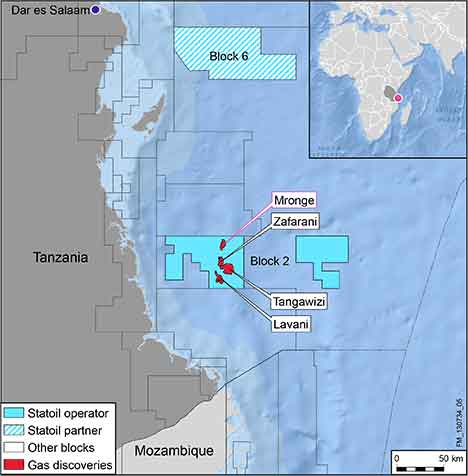
 Faroe Petroleum
Faroe Petroleum Subsea Riser Products (SRP)
Subsea Riser Products (SRP)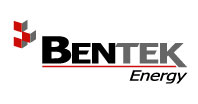 Commentary from Bentek Energy Director of Energy Analysis Jack Weixel:
Commentary from Bentek Energy Director of Energy Analysis Jack Weixel: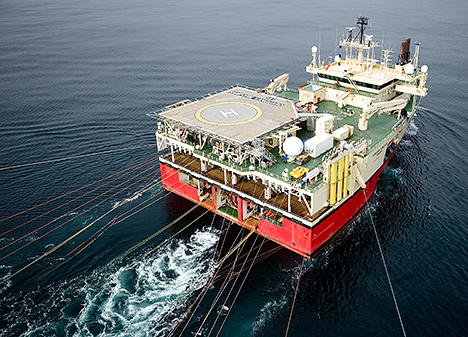 Seismic vessel Ramford Vanguard. (Photo: Ole Jørgen Bratland)
Seismic vessel Ramford Vanguard. (Photo: Ole Jørgen Bratland)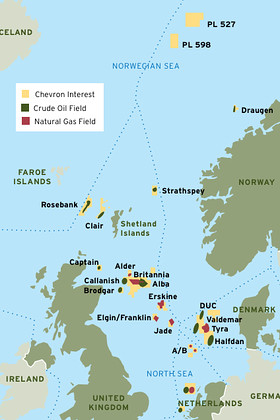 Chevron Corporation
Chevron Corporation By using the Earth’s magnetic field, combined with new innovative technology, oil and gas drilling companies are increasing oilfield productivity while reducing development costs and environmental impacts.
By using the Earth’s magnetic field, combined with new innovative technology, oil and gas drilling companies are increasing oilfield productivity while reducing development costs and environmental impacts.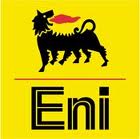
 VAALCO Energy, Inc
VAALCO Energy, Inc